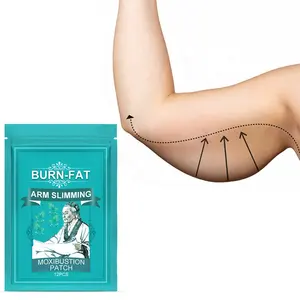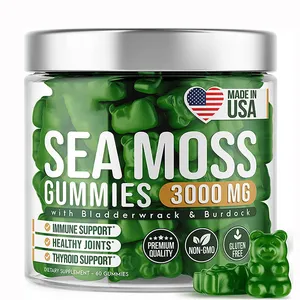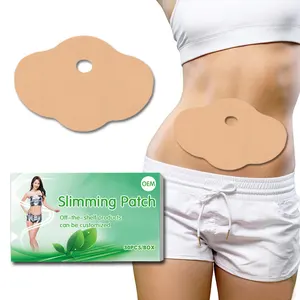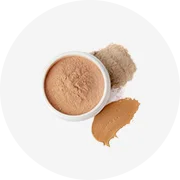





High translucent colored plastic acrylic pegs pmma/acrylic rod rod for led lighting cn gua pmma acrylic rod
¥1.45 - ¥10.84
最小起订量: 1 pieces






Custom translucent fiberglass fly fishing rod graphite SUREFISH Seat 2 3 transparent surefish glass 300cm 4 sections
¥134.30 - ¥189.17
最小起订量: 100 pieces






20mm 25mm translucent colored cast acrylic rod HENGGE for toy for and children easy to insert
¥14.45 - ¥21.67
最小起订量: 500 kilograms






Fly rod tapered white translucent fiberglass fiberglass A AA AAA grade cotton rod bags silver frame with zirconium
¥433.22 - ¥505.42
最小起订量: 50 pieces












Amber translucent bar high rigidity wear resistant polysulfone self lubricating psu rod hongzhe polysulfone psu psu rod
¥14.45 - ¥158.85
最小起订量: 10 kiloamperes






关于半透明杆
如今,半透明杆对普通百姓来说不是什么新鲜事物,因此不再被视为禁忌。如果您正在寻找倒数第二个快乐,则必须检查一下巨大的东西。 半透明杆集合在Alibaba.com上。这些妖and而弯曲。 半透明杆物有所值,并且一定会让您度过一个特别的夜晚。这些洋娃娃从头到脚都具有栩栩如生的外观。
无论您是一个孤独的人,寻找一个栩栩如生的伴侣,还是一对想要增添生活情趣的夫妻,都可以使用。 半透明杆,用于点燃该火。这些壮观。 半透明杆可根据您的期望进行自定义。这些太神奇了。 半透明杆(男性和女性)均可用,并且均由医药级有机硅制成,以确保安全使用。立即获得一个,享受充满激情和激情的夜晚。
Alibaba.com提供了这些惊人的功能。 半透明杆,包括所有身体形状,大小和种族。无论您有什么要求。 半透明杆,您可以在网站上全部获取它们。这些。 半透明杆由最优秀的工匠塑造成形状,并且对每个复杂的细节都进行了彻底检查。这些娃娃的眼睛,头发,指甲和所有其他身体部位与现实生活中的人相似。
Alibaba.com提供了广泛的。 半透明杆,可以帮助您购买符合预算和其他要求的产品。这些产品本质上是安全使用,认证和生态友好的。这些产品均提供OEM订单。
无论您是一个孤独的人,寻找一个栩栩如生的伴侣,还是一对想要增添生活情趣的夫妻,都可以使用。 半透明杆,用于点燃该火。这些壮观。 半透明杆可根据您的期望进行自定义。这些太神奇了。 半透明杆(男性和女性)均可用,并且均由医药级有机硅制成,以确保安全使用。立即获得一个,享受充满激情和激情的夜晚。
Alibaba.com提供了这些惊人的功能。 半透明杆,包括所有身体形状,大小和种族。无论您有什么要求。 半透明杆,您可以在网站上全部获取它们。这些。 半透明杆由最优秀的工匠塑造成形状,并且对每个复杂的细节都进行了彻底检查。这些娃娃的眼睛,头发,指甲和所有其他身体部位与现实生活中的人相似。
Alibaba.com提供了广泛的。 半透明杆,可以帮助您购买符合预算和其他要求的产品。这些产品本质上是安全使用,认证和生态友好的。这些产品均提供OEM订单。


































